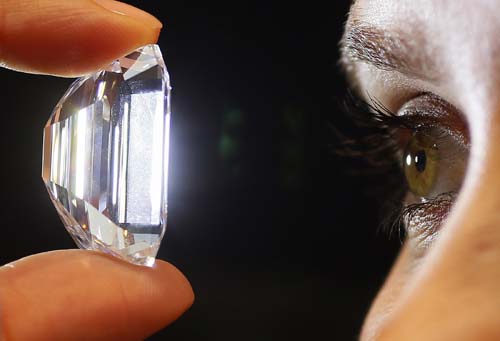
Synthetic diamonds are marketed as a solution to customers who are turned off by natural diamonds, all while providing pristine product — and typically priced at 15% to 30% less than similar, naturally forged stones.

Real, or natural, in the vernacular of diamonds, isn't always better.
While the specter of conflict and "blood" diamonds have largely faded in recent years thanks to ethical mining practices, international monitoring, and improved certification, mines still leave giant holes in the ground and pose a threat to the environment.
Synthetic diamonds are marketed as a solution to customers who are turned off by natural diamonds, all while providing pristine product — and typically priced at 15% to 30% less than similar, naturally forged stones.
That's partly why a friend of mine, as he relayed in a recent story for Popular Science, proposed to his future wife with a lab-grown diamond.
Here's how natural and synthetic diamonds differ, where and how they're grown, and the amazing variety of places they're found beyond the jewelry store.